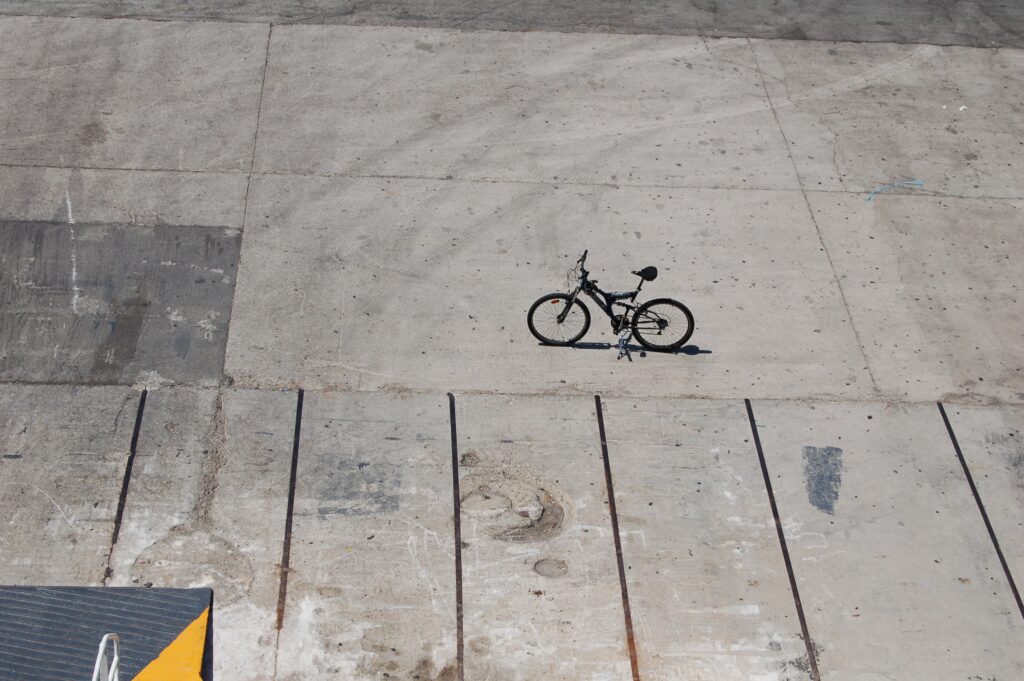Hey there, E-Bike enthusiasts! Get ready to take your riding skills to the next level with our “Advanced E-Bike Riding Tips” section. In this space, we’ll not only introduce you to advanced riding techniques but also provide detailed insights into the technical aspects of e-biking. From advanced security measures to extreme uphill climbing techniques, our content is specially designed for those who are serious about e-biking and want to maximize their riding experience. Today, we’re diving into the fascinating world of optimizing e-bike aerodynamics for speed. For intermediate to advanced riders looking to push the limits, understanding how aerodynamics can enhance your performance is crucial. Join us as we explore the techniques and strategies that will help you reach new levels of speed and efficiency on your e-bike adventures.
Introduction to E-Bike Aerodynamics
Hey there, E-Bike enthusiasts! Today, we’re going to delve into the world of aerodynamics and explore how it can help you optimize the speed of your e-bike. Aerodynamics play a significant role in determining how efficiently your e-bike cuts through the air, and therefore, how fast it can go. By understanding and implementing strategies to improve the aerodynamics of your e-bike, you can enhance your riding experience and achieve faster speeds.
Understanding the Importance of Aerodynamics in E-Bike Speed
Aerodynamics refers to the study of how air flows around an object, and it plays a crucial role in determining the speed of your e-bike. When you’re riding, you’re constantly battling against the resistance of the air. The more streamlined your e-bike is, the less air resistance it will encounter, allowing you to achieve higher speeds with less effort.

Factors Affecting E-Bike Aerodynamics
Several factors can influence the aerodynamics of your e-bike. One of the most important factors is the shape and design of the e-bike frame. A sleek, aerodynamic frame will significantly reduce drag and resistance, enabling you to ride faster. Additionally, the components and accessories attached to your e-bike can also impact aerodynamics, as they can create additional drag if not designed with aerodynamics in mind. The position and posture of the rider also play a significant role in optimizing aerodynamics.
Choosing an Aerodynamic E-Bike Frame
When it comes to optimizing e-bike aerodynamics, choosing the right frame is crucial. Look for frames that are specifically designed with aerodynamics in mind. These frames typically have streamlined shapes, with smooth lines and minimal protrusions. Carbon fiber frames are often favored for their lightness and ability to be shaped for maximum aerodynamic efficiency. By investing in an aerodynamic frame, you’re setting yourself up for speed and efficiency gains.

Streamlining the E-Bike Body
While the frame is essential, it’s not the only aspect of your e-bike that can be optimized for aerodynamics. Pay attention to the overall shape and design of the bike’s body as well. Look for features that minimize drag, such as smooth transitions between components, integrated cabling, and hidden brake calipers. Additionally, consider removing any unnecessary accessories or items that can create wind resistance, such as bulky racks or baskets.
Reducing Wind Resistance on E-Bike Components
In addition to the body of your e-bike, it’s crucial to consider how individual components can affect aerodynamics. One area to pay attention to is the handlebars. Opt for narrower handlebars that allow you to adopt a more aerodynamic riding position. Similarly, choose a saddle that is designed with aerodynamics in mind, as a sleek and streamlined saddle can make a noticeable difference in reducing wind resistance. Additionally, consider using aerodynamic pedals and sleek fenders to further enhance your e-bike’s aerodynamics.

The Role of Wheels and Tires in E-Bike Aerodynamics
Wheels and tires are another important aspect of optimizing e-bike aerodynamics. Look for wheels with a deep rim profile, as they are more aerodynamically efficient than shallow rims. However, keep in mind that deeper rims can be more affected by crosswinds, so strike a balance that suits your riding conditions. Additionally, narrow tires typically have lower rolling resistance and are more aerodynamic than wider ones. Choose tires that have a smooth, slick tread pattern to minimize air resistance and maximize speed.
Utilizing Aerodynamic Accessories
There are various aerodynamic accessories available in the market that can further enhance the speed of your e-bike. Some popular choices include aerodynamic fairings, which attach to the handlebars and minimize wind resistance, and aerodynamic seat post attachments that can help streamline your riding position. Another accessory to consider is an aerodynamic water bottle, as a standard water bottle can create significant drag. By exploring these accessories, you can fine-tune your e-bike’s aerodynamics and gain an extra edge in speed.

Positioning and Body Posture for Optimal Aerodynamics
While optimizing your e-bike’s design is essential, your own positioning and body posture also play a significant role in aerodynamics. When riding, focus on adopting a more aerodynamic position. This typically involves tucking your elbows in, lowering your upper body, and bending your knees slightly. By reducing your frontal area and presenting a more streamlined profile to the wind, you can significantly improve your e-bike’s aerodynamics and achieve higher speeds.
Testing and Fine-Tuning E-Bike Aerodynamics
Once you’ve implemented various strategies to optimize your e-bike’s aerodynamics, it’s essential to test and fine-tune the results. Take your e-bike out for a ride and pay attention to any areas where you feel increased resistance or turbulence. Experiment with different positions, postures, and components to find what works best for you. Additionally, consider using wind tunnels or aerodynamic testing equipment to get precise measurements of drag and airflow. By continuously testing and fine-tuning, you can ensure that you’re getting the most out of your e-bike’s aerodynamics and achieving ultimate speed.
So there you have it, a comprehensive guide to optimizing e-bike aerodynamics for speed. By understanding the importance of aerodynamics, choosing the right frame, streamlining your e-bike’s body, reducing wind resistance on components, utilizing aerodynamic accessories, adjusting your positioning, and continuously testing and fine-tuning, you can enhance your e-bike’s speed and take your riding experience to the next level. Enjoy the wind in your face and happy e-biking!




